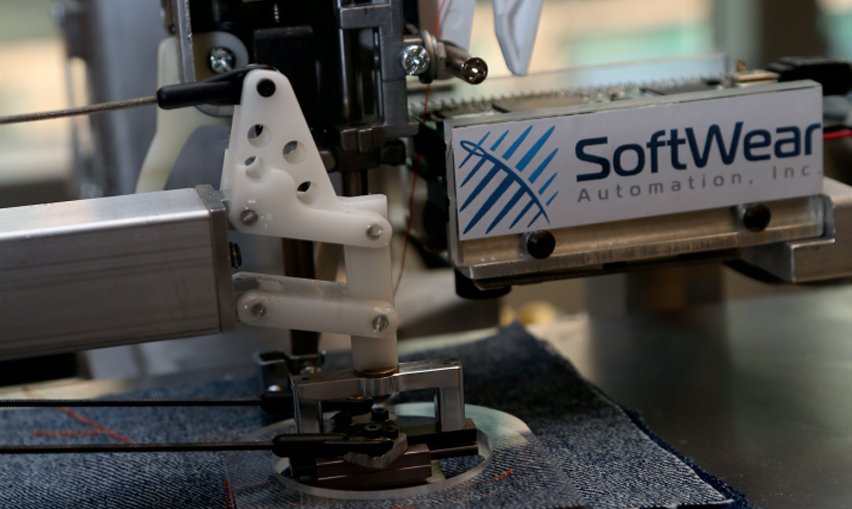
SoftWear Automation raises another $4.5 million and pledges to help bring back manufacturing to the US
SoftWear Automation, an Atlanta-based robotic sewing firm, has received $4.5 million in financing from existing investor, CTW Venture Partners.
The company says funding will accelerate the company’s development of fully automated sewn good worklines specifically for apparel production in the United States.
Additionally, the company plans to add 20 employees to keep pace with growing customer demand.
SoftWear Automation, which counts leading brands among its customers, is leading the disruption of the $100 billion sewn products industry with its next-generation sewing worklines for home goods, footwear and apparel.
The company says its fully automated Sewbots allow manufacturers to SewLocal, moving their supply chains closer to the customer while creating higher quality products at a lower cost.
“Our innovative Sewbots are moving needles to the fabric instead of fabric to the needle,” said Palaniswamy Rajan, SoftWear Automation’s CEO.
“Factories today chase cheap labor around the world and we have ended up with an unsustainable supply chain. SoftWear Automation’s Sewbots can move that manufacturing closer to the customer or the raw materials.”
The company says its patented computer vision systems view fabric “more accurately than the human eye”, tracking exact needle placement to within half a millimeter of accuracy.
SoftWear says this technology is quickly becoming “a de facto addition to the sewn products manufacturing process”, and the company’s sales grew 1,000 percent from 2015 – since it started shipping product – to 2016.
The company is on target to grow at the same rate through 2017.
The American Apparel and Footwear Association reports 97 percent of all apparel in the US currently is imported.
According to Rajan, one of SoftWear’s most important goals is to help bring textile manufacturing back to the United States while creating higher-wage jobs for those supervising the Sewbots’ work.
“US textile manufacturing will look different when it comes back, but it will be more productive and provide higher paying jobs than before,” said Rajan.
